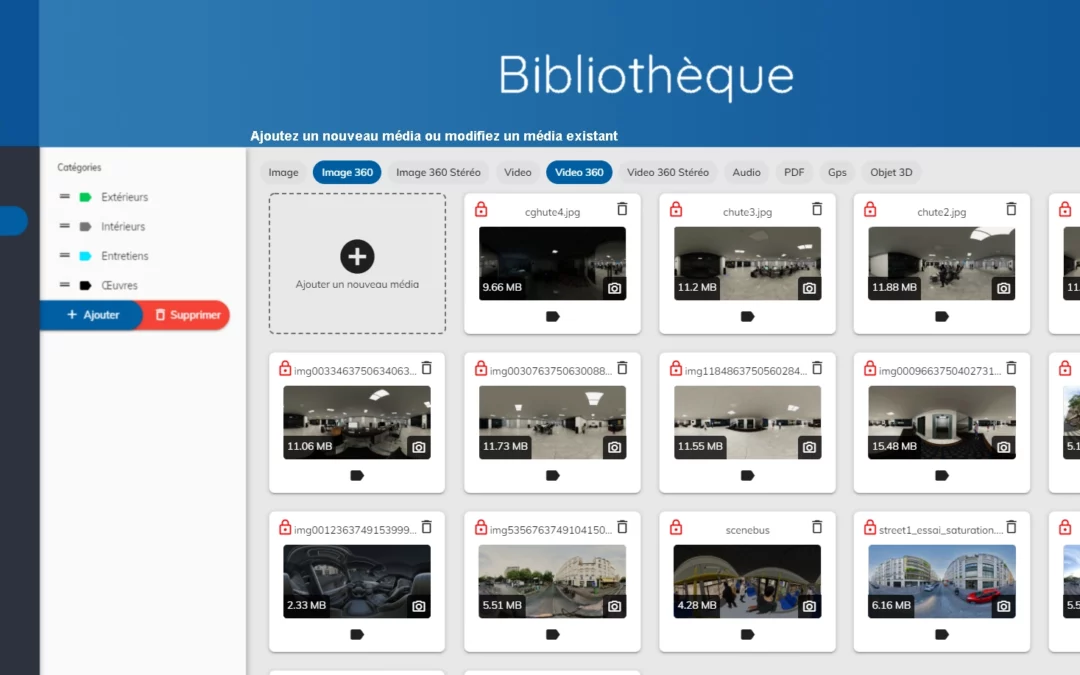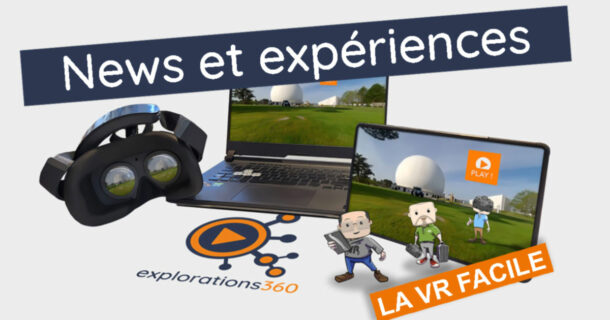Oh yeah? really? 😂
Well, okay, when you put it like that, it's not exactly clear-cut. But more simply put, it does reflect a real underlying trend... Let's talk about it !
To break or not to break?
When we talk about innovation, or more preciselybreakthrough innovation as was the case, for example, when we moved from the cell phone in the 90s to the smartphone in 2007, we need to understand that the upheaval was profound and the change of frame of reference almost total, except for the fact that the two "tools" were both used for mobile telephony.
Disruptive innovation is a paradigm shift. Uses, formats, functions, modalities - everything is different.
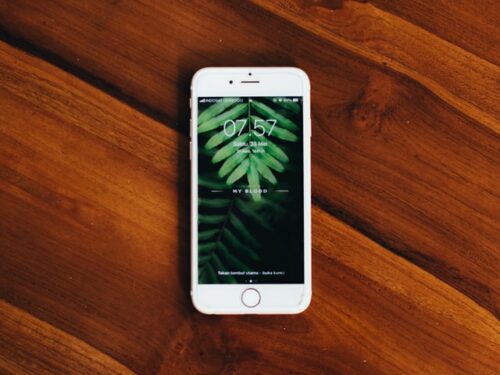
And if that's not breaking up, what is?
But it has to be said that innovation doesn't always take on this radical character, and sometimes it's more incremental. incremental that things happen. Surfing on the same technical concept or the same use, innovation will add functionality or transform an existing function, but without altering the medium's primary purpose. transform an existing function, but without altering the original purpose of the medium..
Take the example of theautomobile Although technological progress has been unbelievable in 100 years, the FORD T's concept is not fundamentally different from that of the TESLA MODEL S ! A passenger compartment that protects against the elements, four wheels, a steering wheel, a rear-wheel drive engine - all of this enabling me to transport myself, my passengers and our luggage from point A to point B.
However, the list of differences between these two "self-propelled" vehicles, as our Quebecois friends would say, is much longer than the list of similarities!
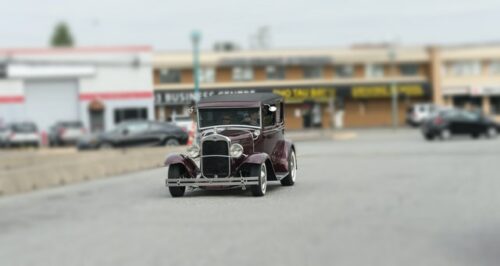
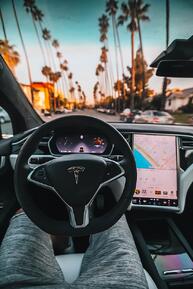
Well, this that's what incremental innovation is all about, enriching an existing functional and technical base with small additions, small technical or technological leaps.
At this point, and insofar as you've followed me this far 😁 you're probably right to wonder what this has to do with the question...
the question of immersive tools and content!
Your existing media, like you've never seen them before!
First, a quick clarification of what we mean by immersive tools: For us at easysuite360 (www.easysuite360.tools) and as Philippe has been saying for a long time now:
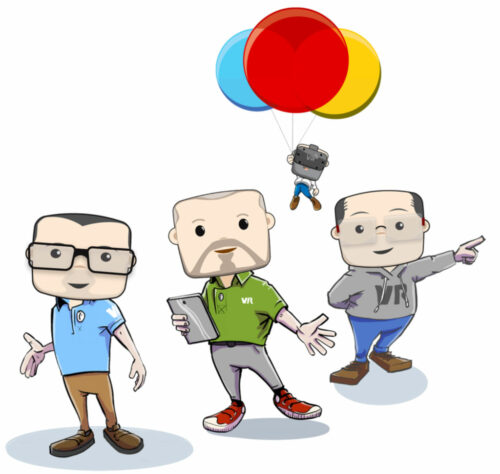
"Immersive tools bring together all the new technical tools that make it possible to associate the power of experience with a message or value proposition, by reconnecting with sensoriality. By getting as close as possible to our senses: hearing and vision (as well as touch and, more experimentally, taste and smell), we implement cognitive processes relating to motivation, learning and memorization that conventional communications techniques don't allow".
So, when you put it like that, once again, it may sound a little technical, but remember one thing... When you're trying to get a message across, whatever it may be, if you involve your audience's senses and combine them, you'll increase the retention rate of the information communicated from 20% to 80% or even 85%!
In other words, efficiency multiplied by at least a factor of 4! Not bad, eh?
So, of course, when we talk about immersive tools, we instantly think of virtual reality and the headsets that go with it. And then, perhaps, you feel a sense of dread, because you're still a long way away from this type of tool, and can't see why or how to integrate it into your communication strategy or marketing tools! (Link HERE to our article on this subject)
But there's more to immersive tools than meets the eye!
Virtual reality, yes, but not only!
Confinements, health measures and traffic restrictions forced companies to adapt quickly and efficiently in just over a year, and today, new habits have been adopted, even going so far as to restructure collaboration methods within many companies (telecommuting/visio/webinars among other modalities). At the same time, remote communication tools have experienced unprecedented growth.
And along with communication tools in the strict sense of the term, tools for sharing content - and immersive content in particular - have also taken off.
And there's no need for virtual reality headsets: in many cases, a simple web page accessible from any terminal can be used to visualize an immersive experience!
Remote access to a production site that can no longer be visited, a tour of a showroom, or a visit to a remarkable customer site - these are just some of the experiences that had to be made possible to ensure that the relationship, particularly the sales relationship, could continue to exist effectively, when it had become impossible simply to go and meet customers or prospects.
Training, too, has largely begun to make this pivot, with the concept of "immersive learning" being introduced more and more widely, the next step after the now-ubiquitous "e-learning".
And here again, given that not everyone (yet 😊 ) has a virtual reality headset at hand, the publishers' imagination has worked wonders.
But here again, creating immersive tours or virtual showrooms is a matter for specialists and requires starting from scratch, you might ask!
Well, yes... But no!
Yes, because of course it's a good idea to start with a 360° filmed sequence to effectively reach the viewer.
No, because what really counts is the spatialization of information, i.e. the distribution of informative or demonstrative content in a "place" that you can manipulate as you wish (with the mouse) and within which you can "wander" freely, or follow a route mapped out for you.
In concrete terms, this means that, just as you walk through an exhibition, stopping at each new work to contemplate it as it hangs on the wall, you can experience immersion in a virtual showroom by creating a 3-dimensional space into which you "hang" 2D photos or descriptions. Visitors stroll through the space at their own pace, discovering content as it is presented.
And that changes everything, because you already have the descriptions and 2D photos of your products!
All you need to do is find a 360 environment that suits you, or that you create yourself or have someone else create for you (and there are online libraries of royalty-free 3D bubbles, such as hdrihaven.com), and thanks to online platforms such as easystory360 😉 all you have to do is "hang" your content and create the interactions you want to offer your future visitors. In addition to allowing visitors to explore the environment created, these tools also enable them to interact with it if they wish (trigger a video, zoom in on photos of your products or highlight specific features by associating text or audio with the visuals, ask them to take a quiz and then retrieve the answers given, find a hidden object, etc.).
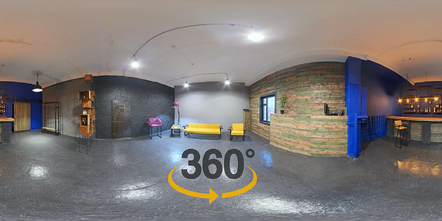
Once you've created these initial experiences, and depending on the feedback you receive from your audience, you may decide to push the cursor a little further, if you feel that this new usage is relevant to you. Without having blindly spent a potentially substantial budget, and without being able to estimate the return a priori!
Among startups, among others (because in this world, you generally have a lot of ideas but very few resources), this approach is called "test and learn"... If you don't already do it, you should give it a try! 😉
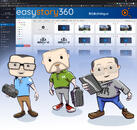
And as I'm wont to say in my speeches, if you have any questions on these subjects or would like to go into more detail on any of them, don't hesitate to give us a call - Philippe, Roland and I would be delighted to talk to you!
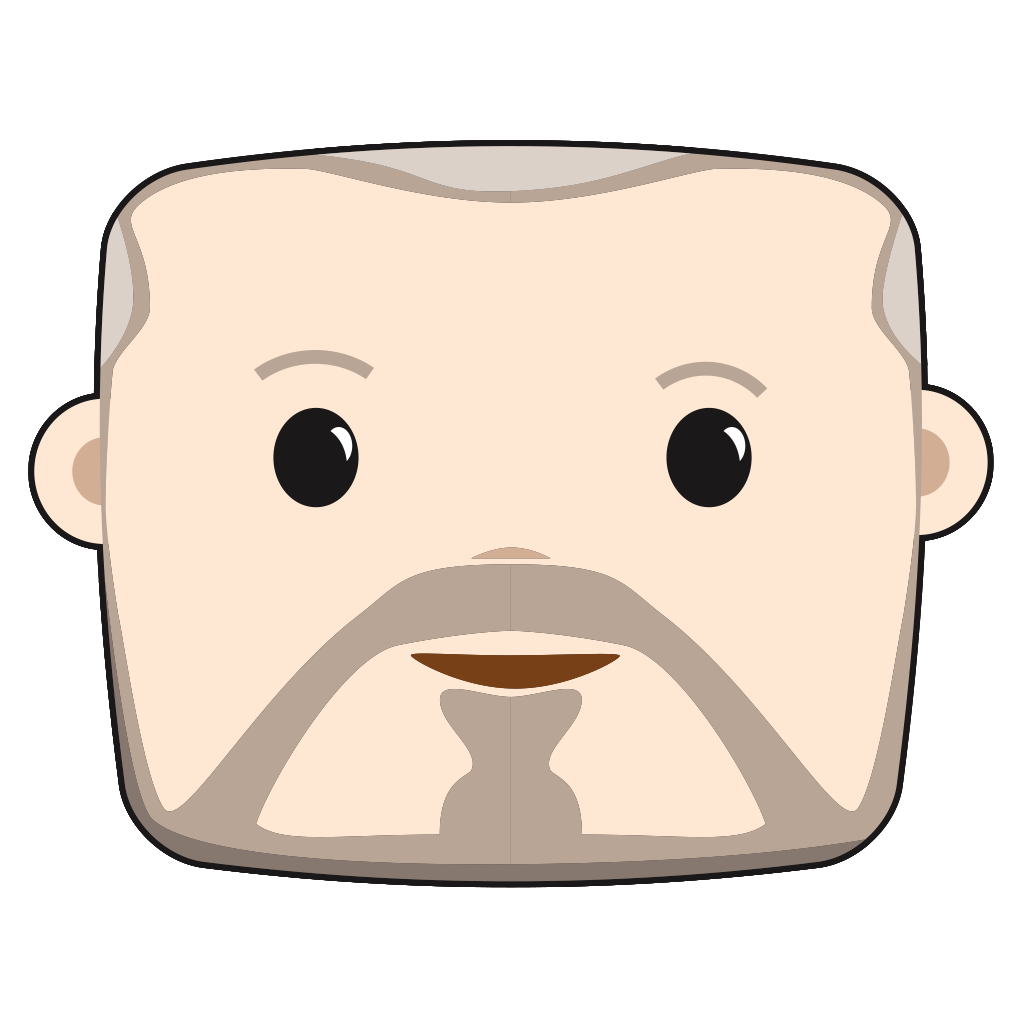
Experienced Managing Director and Sales Director with a background in software distribution and sales of system and network infrastructures. Qualified in sales, sales management, strategic partnerships, management and business-to-business (B2B). A slightly offbeat entrepreneur with an unorthodox educational background (doctoral thesis on comparative moral and political philosophy at Université Paris III Sorbonne - Censier).
General Manager and Experienced Sales Director with a demonstrated history of working in the computer software industry. Skilled in Sales, Sales Management, Strategic Partnerships, Management, and Business-to-Business (B2B). Strong entrepreneurship professional with a Preparation of a PHD Thesis focused in Moral and political compared philosophy from Université Paris III Sorbonne (Censier).

